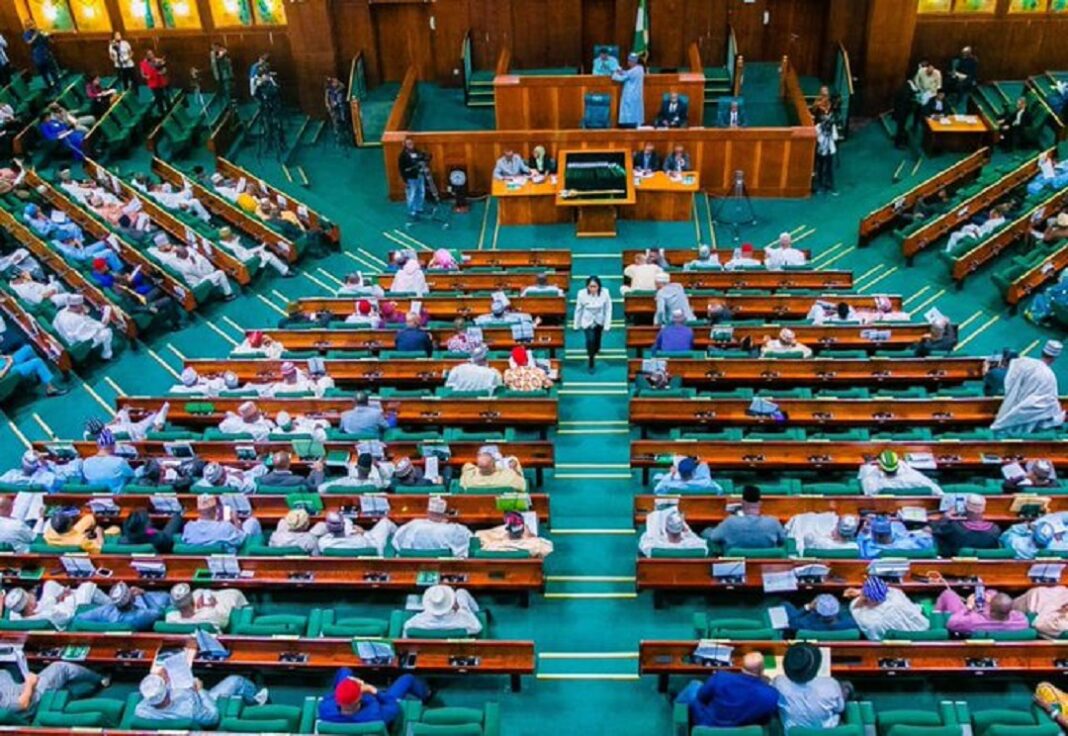The European Union Council has adopted updated EU Guidelines on Children and Armed Conflict. Originally introduced in 2003 and revised in 2008, these guidelines have been further updated to reflect the current realities and challenges faced by children in war-torn regions.
The Council expressed grave concerns over the increasing violations of children’s rights, exacerbated by the proliferation of wars, including Russia’s aggressive actions in Ukraine. The unlawful deportation and forcible transfer of Ukrainian children by Russia were highlighted as particularly egregious examples of these violations.
“Children are strongly affected by armed conflicts. In nearly all the world’s conflict zones, from the Sahel, Central and Eastern Africa to the Middle East and Asia, children represent as much as half of the affected population,” the Council stated. They face myriad threats including violence, injury, death, recruitment by armed groups, displacement, interrupted education, and severe physical and mental trauma.
According to the latest annual report by the UN Secretary-General on children and armed conflict, there was a 21% increase in grave violations against children in conflict situations in 2023. The highest numbers of these violations were recorded in Israel and the Occupied Palestinian Territory, as well as in the Democratic Republic of the Congo, Myanmar, Somalia, Nigeria, and Sudan.
“The changing nature of conflicts, tactics, and weaponry has multiplied the risks for children and civilians in general,” the Council noted, emphasizing the urgent need for updated and effective measures to protect children.
The updated EU Guidelines on Children and Armed Conflict aim to strengthen the EU’s contribution to the protection and fulfillment of children’s rights globally. These guidelines adopt a robust, comprehensive, and holistic approach, serving as an operational framework for all EU member states and institutions working in this area.
“The updated guidelines take into account new developments, such as increased threats from new technologies and the indiscriminate use of explosive weapons in populated areas,” the Council explained. The guidelines align with the framework established by the United Nations Security Council, particularly focusing on ‘the six grave violations against children during times of armed conflict.’
In parallel with the updated guidelines, the EU has also revised and published its Checklist for the Integration of Protection of Children Affected by Armed Conflict into the Common Security and Defence Policy (CSDP) Missions and Operations. This checklist is an operational tool providing guidance for more than twenty crisis management missions and operations.
“The protection of children affected by armed conflict must continue to be a central pillar of human rights, peace and security, conflict prevention, peacebuilding, development, and humanitarian agendas,” the Council concluded.
The Council emphasized that with adequate and timely support, children can recover from extreme situations and thrive. Their protection, recovery, and reintegration are essential to long-term peace and security, as well as sustainable development.
Editor: Gabriel Ani
 Donate
Donate



